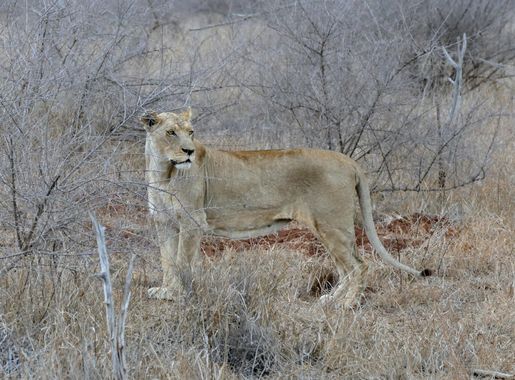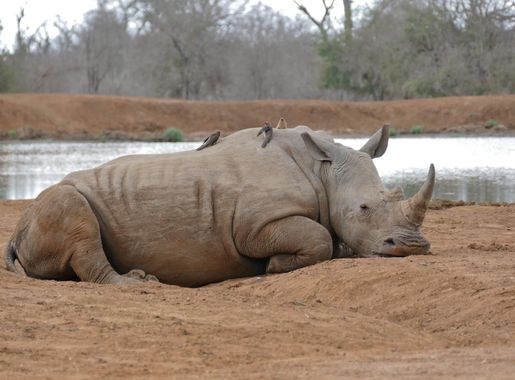
The Untamed Beauty of Hlane Royal National Park
Experience the wild heart of Africa at Hlane Royal National Park, where breathtaking landscapes and incredible wildlife encounters await in the kingdom of Eswatini.
Hlane Royal National Park, located in the vibrant kingdom of Eswatini, is a sanctuary for nature lovers and adventurers alike. This vast protected area, spanning over 30,000 hectares, is home to some of Africa's most iconic wildlife, including lions, elephants, rhinos, and a diverse array of bird species. Its untouched landscapes offer a serene escape from the hustle and bustle of modern life, where visitors can reconnect with nature in its purest form. The park's name, 'Hlane', means 'wilderness' in siSwati, and it lives up to this title with its wide-open spaces and rich biodiversity. Hlane Royal National Park is managed by Big Game Parks, ensuring the conservation of its pristine environment and the welfare of its inhabitants. Here, you can embark on thrilling game drives, guided bush walks, or simply enjoy the tranquility of the African bush. The park's rustic campsites and lodges provide comfortable accommodations that blend seamlessly with the natural surroundings. One of the unique features of Hlane is the Lion's House, a special area dedicated to the park's lion pride. Visitors can safely observe these majestic creatures from a well-placed viewing hide. Additionally, the park's proximity to local Swazi villages offers a cultural experience, allowing tourists to learn about the traditions and way of life of the Swazi people. Whether you're a seasoned safari-goer or a first-time visitor, Hlane Royal National Park promises an unforgettable adventure in the heart of Eswatini.
Local tips in Hlane Royal National Park
- Visit during the dry season (May to September) for better wildlife viewing opportunities.
- Bring binoculars for bird watching; the park is home to over 300 bird species.
- Stay in the park's rustic accommodations for a more immersive experience.
- Book guided game drives and bush walks in advance to ensure availability.
- Respect local customs and traditions when visiting nearby Swazi villages.
The Untamed Beauty of Hlane Royal National Park
Hlane Royal National Park, located in the vibrant kingdom of Eswatini, is a sanctuary for nature lovers and adventurers alike. This vast protected area, spanning over 30,000 hectares, is home to some of Africa's most iconic wildlife, including lions, elephants, rhinos, and a diverse array of bird species. Its untouched landscapes offer a serene escape from the hustle and bustle of modern life, where visitors can reconnect with nature in its purest form. The park's name, 'Hlane', means 'wilderness' in siSwati, and it lives up to this title with its wide-open spaces and rich biodiversity. Hlane Royal National Park is managed by Big Game Parks, ensuring the conservation of its pristine environment and the welfare of its inhabitants. Here, you can embark on thrilling game drives, guided bush walks, or simply enjoy the tranquility of the African bush. The park's rustic campsites and lodges provide comfortable accommodations that blend seamlessly with the natural surroundings. One of the unique features of Hlane is the Lion's House, a special area dedicated to the park's lion pride. Visitors can safely observe these majestic creatures from a well-placed viewing hide. Additionally, the park's proximity to local Swazi villages offers a cultural experience, allowing tourists to learn about the traditions and way of life of the Swazi people. Whether you're a seasoned safari-goer or a first-time visitor, Hlane Royal National Park promises an unforgettable adventure in the heart of Eswatini.
When is the best time to go to Hlane Royal National Park?
Iconic landmarks you can’t miss
Mlilwane Game Sanctuary
Explore the breathtaking landscapes and vibrant wildlife of Mlilwane Game Sanctuary, a premier nature preserve in Eswatini.
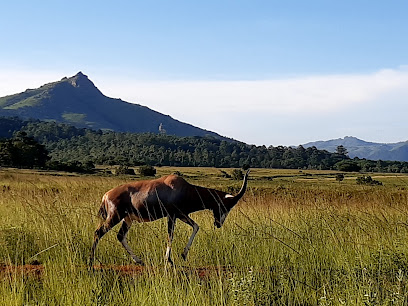
Hlane National Park Activities Center
Experience the breathtaking natural beauty and vibrant wildlife of Hlane National Park Activities Center, Eswatini's premier wildlife sanctuary.
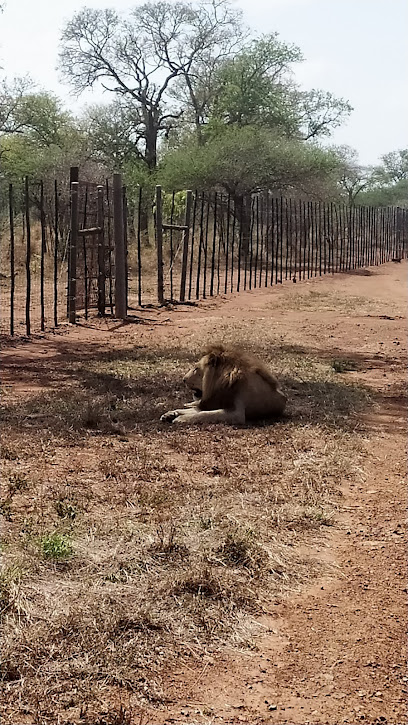
Hlane Royal National Park - Cultural Village
Explore the captivating traditions of Eswatini at Hlane Royal National Park’s Cultural Village, where culture and wildlife meet in a stunning natural setting.
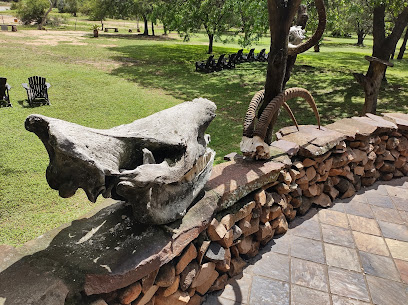
Hlane National Park Royal Residence
Discover the rich royal heritage and breathtaking wildlife of Hlane National Park Royal Residence, a gem in the heart of Eswatini.

Unmissable attractions to see
Hlane National Park Activities Center
Explore Hlane National Park Activities Center, a haven for wildlife enthusiasts and nature lovers in the heart of Eswatini, showcasing diverse ecosystems and thrilling adventures.
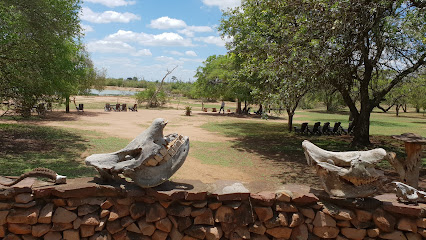
Hlane Royal National Park - Cultural Village
Explore the vibrant traditions and rich heritage of Eswatini at Hlane Royal National Park's Cultural Village, where culture meets nature.
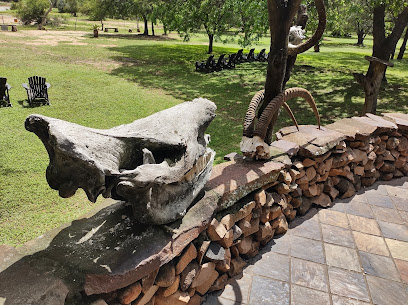
Hlane National Park Royal Residence
Explore the beauty and heritage of Hlane National Park Royal Residence, a wildlife haven in the heart of Eswatini, rich in culture and natural wonders.

The Sugarcane Museum
Explore the rich history and cultural significance of sugarcane at The Sugarcane Museum in Mbabane, Eswatini.
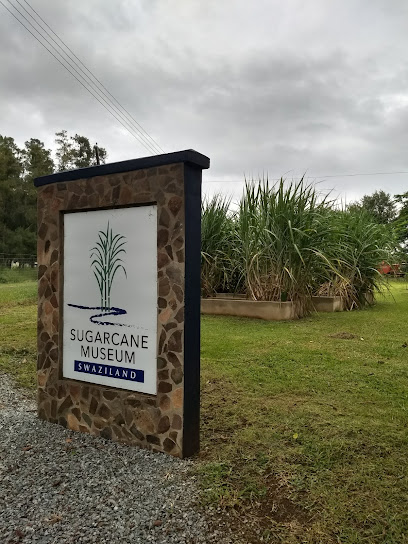
Mbuluzi Game Reserve South
Explore the breathtaking Mbuluzi Game Reserve in Eswatini, a premier wildlife refuge offering unforgettable safari experiences and stunning natural landscapes.
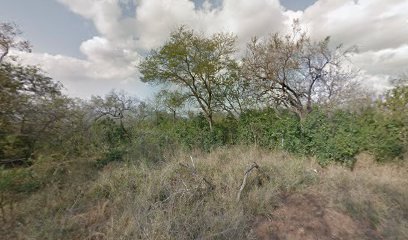
Essential places to dine
Nando's Matsapha
Experience delicious peri-peri chicken and South African flavors at Nando's Matsapha, where every meal is a celebration of taste.

Nando's Ezulwini
Experience the authentic taste of peri-peri chicken at Nando's Ezulwini – where flavor meets tradition in a vibrant setting.
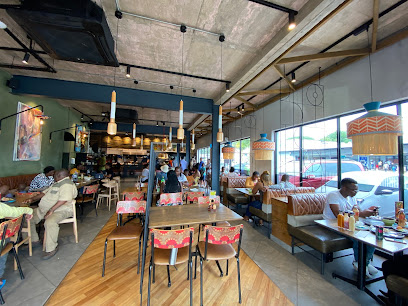
Hippo Haunt
Experience authentic Swazi cuisine at Hippo Haunt, a culinary haven in Manzini offering diverse flavors and warm hospitality.
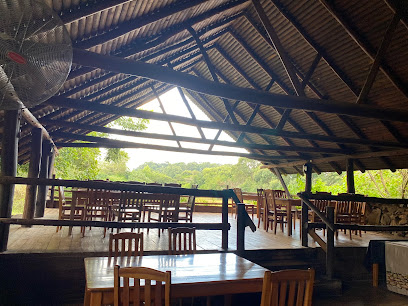
Markets, malls and hidden boutiques
Hlane Royal National Park
Experience the untamed beauty of Hlane Royal National Park, a wildlife sanctuary in Eswatini, offering thrilling safaris and stunning landscapes.
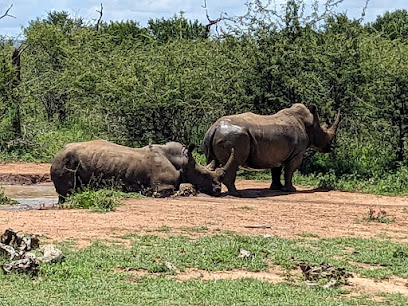
Crown Of A Natural (Obsessories)
Explore the essence of Eswatini at Crown Of A Natural, your destination for unique, handcrafted gifts and local artistry.
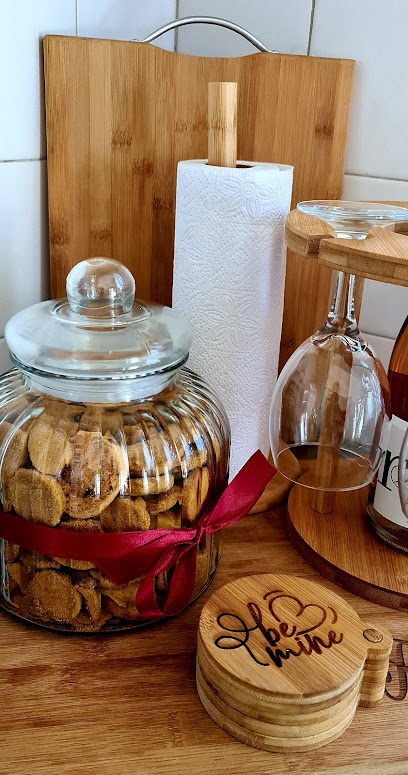
Hlane National Park Activities Center
Explore the beauty of Hlane National Park, a haven for wildlife enthusiasts and adventurers in the heart of Eswatini.
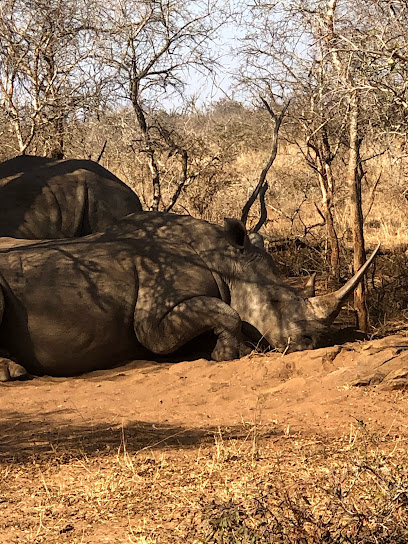
Simunye Plaza Shopping Centre, Simunye
Explore Simunye Plaza Shopping Centre, a vibrant shopping destination in Eswatini, offering a blend of local culture and essential goods.
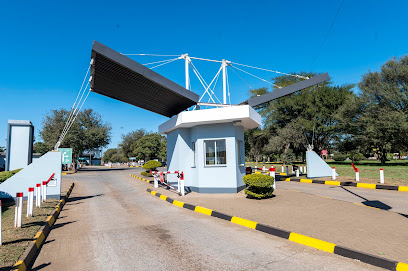
Simunye Boxer Superstores
Discover local flavors and everyday essentials at Simunye Boxer Superstores, your ultimate shopping destination in Eswatini.
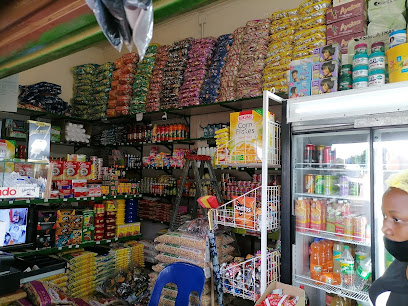
Hhelehhele Junction Mall
Explore the vibrant shopping scene and local culture at Hhelehhele Junction Mall in Eswatini, where shopping meets tradition.
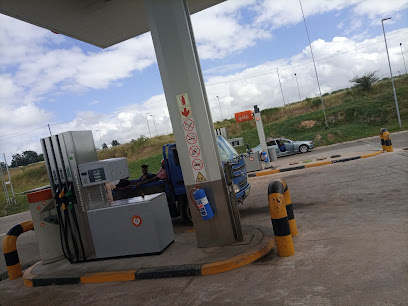
Style Zone
Discover Eswatini's vibrant fashion scene at Style Zone in Manzini, where modern trends meet local flair for an unforgettable shopping experience.
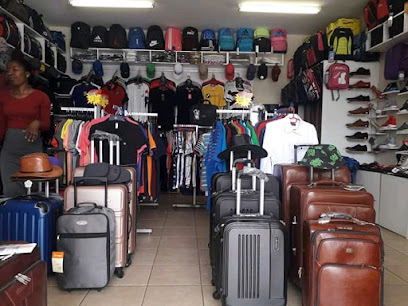
Melusi Supermarket
Explore authentic local products at Melusi Supermarket, a vibrant shopping destination in Ntabamhloshana, Eswatini.
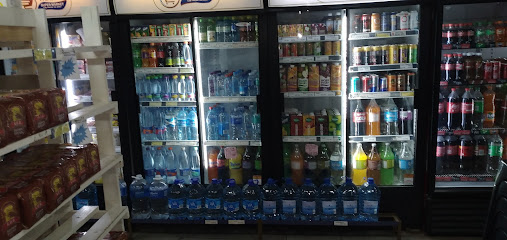
Sasa Lu
Explore Sasa Lu, a boutique gem in Manzini offering unique, locally crafted items that reflect the rich culture and artistry of Eswatini.

Value Mall
Explore Value Mall in Manzini for trendy baby clothing and essentials, perfect for your little one's wardrobe and needs.
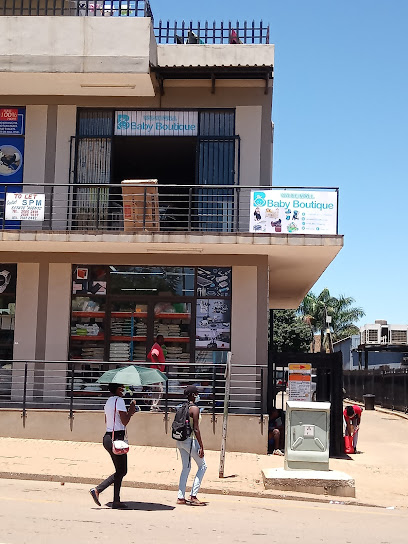
Simunye Dulux Colour Centre
Explore a vibrant selection of paints and expert advice at Simunye Dulux Colour Centre, your creative outlet in Eswatini.

Lewis Simunye
Discover the best in furniture and home goods at Lewis Simunye, where quality meets style in the heart of Eswatini.
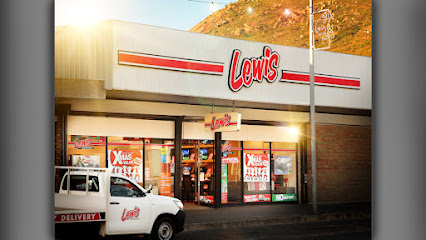
Nkwalini Shop
Explore Nkwalini Shop in Manzini for fresh produce, local delicacies, and a taste of Eswatini's rich culinary heritage.

Aunty Freda's Butchery, Deli & Bottlestore
Experience the authentic tastes of Eswatini at Aunty Freda's Butchery, Deli & Bottlestore, your local source for fresh meats and deli delights.

Swazi shopping
Discover the vibrant essence of Eswatini at Swazi Shopping, where local craftsmanship meets modern fashion in Manzini.
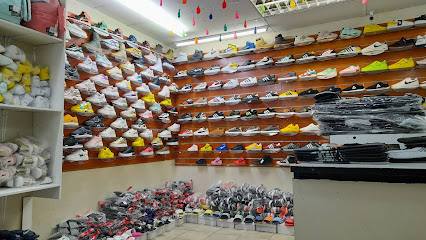
Essential bars & hidden hideouts
Solanis
Experience the vibrant grill scene at Solanis in Mbabane, where every meal is a celebration of flavor and hospitality in Eswatini.
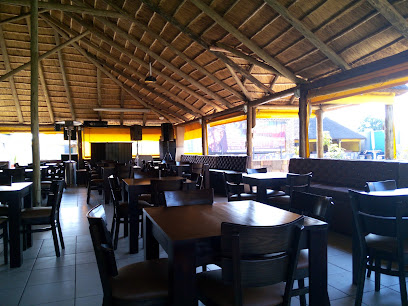
Hlane National Park Activities Center
Discover the breathtaking wildlife and natural beauty of Hlane National Park Activities Center in Eswatini, a premier destination for nature enthusiasts.
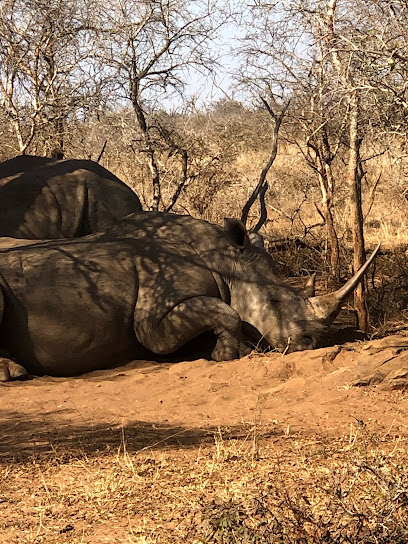
The XChange Lounge & Shisanyama
Discover the vibrant flavors of Eswatini at The XChange Lounge & Shisanyama, a must-visit restaurant in Manzini offering delicious local and international cuisine.

Ndlovu Camp
Discover the serene beauty and adventure of Ndlovu Camp in Eswatini, a perfect retreat for nature lovers and wildlife enthusiasts.

Goggas Nest Bnb and Restaurant
Discover comfort and local flavors at Goggas Nest BnB and Restaurant in Matsapha, a perfect retreat for travelers seeking relaxation and authentic cuisine.
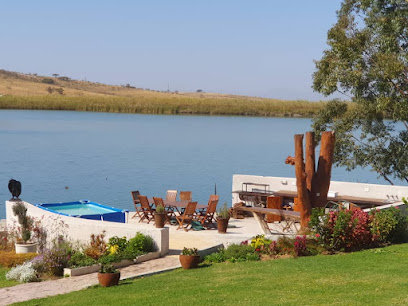
The Vibe
Experience vibrant nightlife at The Vibe, Tembisa’s premier lounge offering a perfect blend of comfort, style, and local charm.

Marios Pub & Grill
Discover Marios Pub & Grill in Manzini, Eswatini – where local flavors meet vibrant ambiance for an unforgettable dining experience.
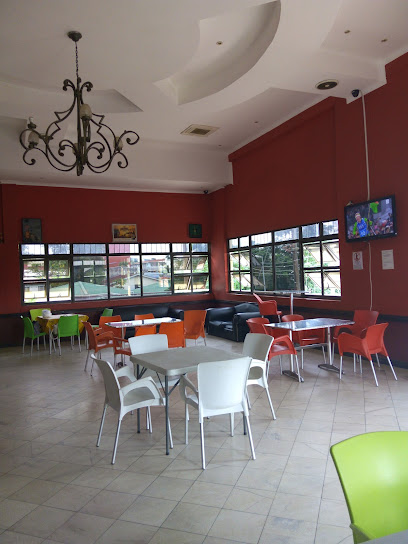
Sundeck Rooftop Restaurant & Bar
Discover the breathtaking views and delightful cuisine at Sundeck Rooftop Restaurant & Bar in Mbabane, Eswatini's premier dining destination.
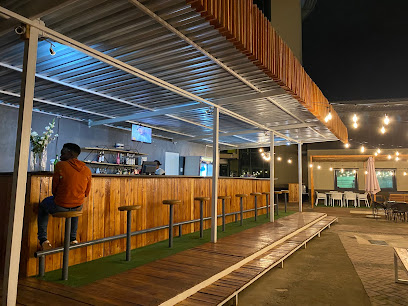
Ngwane Park The Vibe
Experience the vibrant nightlife of Manzini at Ngwane Park The Vibe, a cultural bar filled with local flavors and entertainment.

Yoruba Lounge
Explore the rich flavors of Eswatini at Yoruba Lounge, a culinary gem in Manzini offering traditional dishes and a warm, inviting atmosphere.
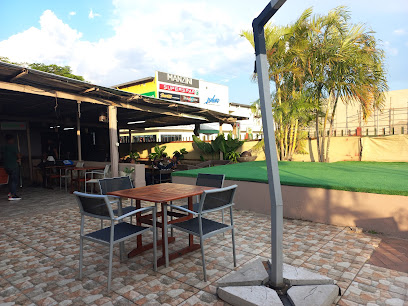
The Venue
Discover the vibrant nightlife at The Venue in Manzini, where local flavors and lively ambiance come together for an unforgettable bar experience.
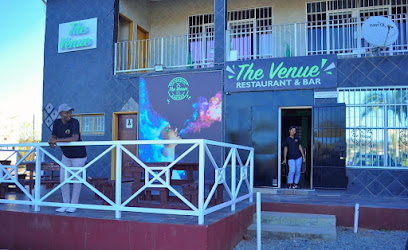
Restaurant Ndlovu Camp
Experience authentic African cuisine amidst breathtaking wildlife views at Restaurant Ndlovu Camp in Eswatini.
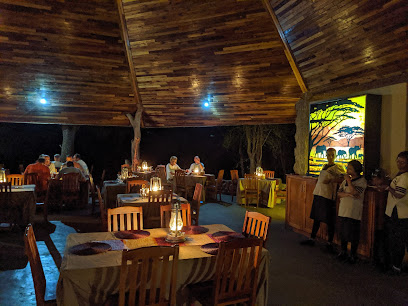
Shisa Nyama Lounge
Discover the essence of African cuisine at Shisa Nyama Lounge, where every meal is a flavorful journey in the heart of Manzini.
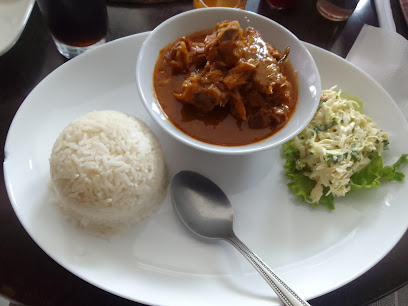
Thunderbolt Craft Brewery,, Mahlanya,, Swaziland
Discover the essence of local brewing at Thunderbolt Craft Brewery, where each pint reflects the spirit of Eswatini's rich culture.
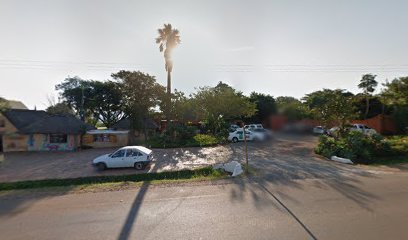
O'Reilly's Bar
Discover the charm of O'Reilly's Bar in Mbabane, where local flavors meet a cozy atmosphere for your perfect evening out.
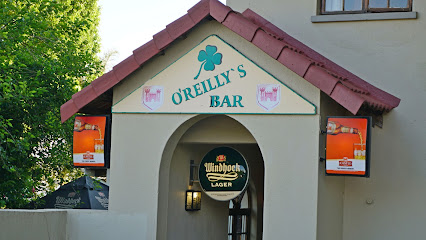
Local Phrases about Hlane Royal National Park
-
- HelloSawubona
[sah-woo-BOH-nah] - GoodbyeHamba kahle
[HAM-bah kah-KLEH] - YesYebo
[YEH-boh] - NoCha
[chah] - Please/You're welcomeNgiyacela
[ngiyah-SEH-lah] - Thank youNgiyabonga
[ngiyah-BOHNG-gah] - Excuse me/SorryUyaphuza
[oo-yah-POO-zah] - How are you?Unjani?
[oo-NYAH-nee] - Fine. And you?Ngilambile. Wena?
[ngi-LAHM-bee-leh. WEH-nah] - Do you speak English?Ukhuluma isiNgisi?
[oo-khoo-LOO-mah ee-see-NGEE-see] - I don't understandAngiphenduli
[ahn-gee-PHEN-doo-lee]
- HelloSawubona
-
- I'd like to see the menu, pleaseNgicela ukubona imenyu, siyacela
[ngi-SEH-lah oo-koo-BOH-nah ee-MEH-nyoo, see-yah-SEH-lah] - I don't eat meatAngiyi kudla inyama
[ahn-GEE-yee koo-DLA ee-NYAH-mah] - Cheers!Onga phumula!
[OHNG-gah poo-MOO-lah] - I would like to pay, pleaseNgicela ukulipha
[ngi-SEH-lah oo-koo-LEE-pah]
- I'd like to see the menu, pleaseNgicela ukubona imenyu, siyacela
-
- Help!Usizo!
[oo-SEE-zoh] - Go away!Hamba!
[HAM-bah] - Call the Police!Vula amaphoyisa!
[VOO-lah ah-mah-PHOY-sah] - Call a doctor!Vula idokotela!
[VOO-lah ee-doh-koh-TEH-lah] - I'm lostNgikhohlwe
[ngi-KHOH-lweh] - I'm illNgilahlekile
[ngi-lah-hleh-KEE-leh]
- Help!Usizo!
-
- I'd like to buy...Ngicela ukuthenga...
[ngi-SEH-lah oo-koo-THEHNG-gah] - I'm just lookingNgiyanceda kupheka
[ngiyahn-chay-DAH koo-PHEH-kah] - How much is it?Kutheni kuyoba?
[koo-THEH-nee koo-YOH-bah] - That's too expensiveLokhu kudinga okukhulu kakhulu
[LOH-khoo koo-DEE-nga oh-koo-KHOO-loo kah-KHOO-loo] - Can you lower the price?Ungakwazi ukushintsha isilinganiso?
[oo-NGAH-kwah-zee oo-koo-SHEENT-shah ee-see-ling-gah-NEE-so]
- I'd like to buy...Ngicela ukuthenga...
-
- What time is it?Ngubani umsindo?
[ngoo-BAH-nee oom-SEEN-doh] - It's one o'clockKusasa kuyisikhombisa
[koo-SAH-sah koo-yee-see-khohm-BEE-sah] - Half past (10)Kusasa kuyisishiyagalombili
[koo-SAH-sah koo-yee-see-shee-yah-gah-LOHM-bee-lee] - MorningKusasa
[koo-SAH-sah] - AfternoonNtambama
[n-tahm-BAH-mah] - EveningEbusuku
[eh-boo-SOO-koo] - YesterdayIzolo
[ee-ZOH-loh] - TodayNamuhla
[nah-MOOH-lah] - TomorrowKusasa
[koo-SAH-sah] - 1Kunye
[koo-NYEH] - 2Kubili
[koo-BEE-lee] - 3Kuthathu
[koo-TAH-too] - 4Kune
[koo-NEH] - 5Kuhlanu
[koo-HLAH-noo] - 6Kuyisithupha
[koo-yee-see-TOO-pah] - 7Kuyisikhombisa
[koo-yee-see-khohm-BEE-sah] - 8Kuyisishiyagalombili
[koo-yee-see-shee-yah-gah-LOHM-bee-lee] - 9Kuyisishiyagalolunye
[koo-yee-see-shee-yah-gah-loh-LOO-nyeh] - 10Kuyisishiyagalolunye
[koo-yee-see-shee-yah-gah-loh-LOO-nyeh]
- What time is it?Ngubani umsindo?
-
- Where's a/the...?Kukuphi...?
[koo-koo-PHEE] - What's the address?Ilayisensi yini?
[ee-lah-yee-SEHN-see YEE-nee] - Can you show me (on the map)?Ungangibonisi (emephu)?
[oo-NGAH-ngi-BOH-nee-see ee-MEH-poo] - When's the next (bus)?Lapho kuzosasa (ibus)?
[LAH-poh koo-zoh-SAH-sah EE-boos] - A ticket (to ....)Itikithi (ku ....)
[ee-tee-KEE-thee koo]
- Where's a/the...?Kukuphi...?
History of Hlane Royal National Park
-
Hlane Royal National Park, established in the 1960s, was initially a private hunting ground for the Swazi Royal family. The park's name 'Hlane' translates to 'wilderness' in siSwati, reflecting its untouched and wild nature. The area was set aside as a conservation effort to preserve the natural habitat and wildlife of Eswatini.
-
In 1970, King Sobhuza II officially declared Hlane as a national park, opening it up for public enjoyment and conservation education. This marked a significant shift from private royal use to a public conservation area, aiming to protect the diverse ecosystems and species within its boundaries.
-
Hlane Royal National Park has played a crucial role in wildlife conservation. Notable efforts include the reintroduction of white rhinos in the 1990s, which were on the brink of extinction in the region. The park's management has also focused on increasing the populations of other endangered species such as lions, elephants, and various bird species.
-
The park holds deep cultural significance for the Swazi people. It is not only a symbol of natural heritage but also a place where traditional ceremonies and rituals are occasionally conducted. The Swazi monarchy continues to have a special connection with the park, underscoring its importance in the national and cultural identity of Eswatini.
-
Community involvement has been a cornerstone of Hlane's success. Local communities are actively engaged in the park's conservation efforts, benefiting from eco-tourism and educational programs. This partnership has fostered a sense of stewardship and pride among the local population, ensuring sustainable conservation practices.
-
In recent years, Hlane Royal National Park has seen significant developments in eco-tourism infrastructure. Improved facilities, guided tours, and educational programs have been introduced to enhance visitor experience while maintaining the park's ecological balance. These developments have positioned Hlane as a key destination for eco-tourists and wildlife enthusiasts globally.
-
Hlane Royal National Park has gained international recognition for its conservation efforts and unique wildlife. It has become a model for other conservation projects in Africa, attracting researchers and conservationists from around the world. The park's success stories have been featured in numerous documentaries and publications, highlighting its global importance.
Hlane Royal National Park Essentials
-
Hlane Royal National Park is located in the northeastern part of Eswatini. The nearest international airport is King Mswati III International Airport, approximately 70 kilometers away. From the airport, you can hire a car or take a taxi to the park. The drive typically takes around 1.5 hours. Alternatively, you can take a bus from Mbabane, the capital city of Eswatini, which is approximately 100 kilometers from the park. The bus journey takes about 2 hours.
-
Within Hlane Royal National Park, the best way to get around is by car. You can rent a car at the airport or in major cities like Mbabane and Manzini. The park offers well-maintained roads suitable for most vehicles. Guided game drives are also available and highly recommended for wildlife viewing. If you prefer not to drive, organized tours are available from major cities and some hotels offer shuttle services to the park.
-
The official currency in Eswatini is the Swazi Lilangeni (SZL), which is pegged to the South African Rand (ZAR). Both currencies are accepted interchangeably. Credit cards are accepted at most lodges and larger establishments within the park, but it is advisable to carry cash for smaller purchases and tips. ATMs are available in Mbabane and Manzini, but it's a good idea to withdraw sufficient cash before heading to the park.
-
Hlane Royal National Park is generally a safe destination for tourists. However, it is important to take standard precautions. Avoid walking alone at night and always keep your belongings secure. There are no specific high-crime areas targeting tourists within the park, but it is always best to stay vigilant and aware of your surroundings. When driving, be cautious of wildlife on the roads, especially after dark.
-
In case of emergency, dial 999 for immediate assistance. The park has a visitor center where you can report emergencies and get help. It is highly recommended to have travel insurance that covers medical emergencies. For minor health issues, there are medical facilities in nearby towns like Simunye. Always have a basic first aid kit with you and know the location of the nearest hospital.
-
Fashion: Do dress in neutral colors to blend in with the natural surroundings and avoid startling wildlife. Avoid brightly colored clothing. Religion: Do respect local customs and traditions. If visiting any cultural or religious sites, dress modestly. Public Transport: Do be respectful and give up your seat to elderly passengers. Don’t eat or drink on public transport. Greetings: Do greet people with a handshake and a smile. A slight nod of the head is also a sign of respect. Eating & Drinking: Do try local delicacies and accept food offerings graciously. Don’t refuse hospitality, as it is considered impolite.
-
To experience Hlane Royal National Park like a local, engage with the park rangers and guides who are often from the nearby communities. They can provide unique insights into the park's wildlife and history. Visit the local market in Simunye for fresh produce and traditional crafts. Don't miss the early morning and late afternoon game drives for the best chances to see wildlife. For a unique cultural experience, try to attend a traditional Swazi dance performance.
Nearby Cities to Hlane Royal National Park
-
Things To Do in Manzini
-
Things To Do in Big Bend
-
Things To Do in Matola
-
Things To Do in Mbabane
-
Things To Do in Malkerns
-
Things To Do in Maputo
-
Things To Do in Nelspruit
-
Things To Do in Polokwane
-
Things To Do in Pretoria
-
Things To Do in Johannesburg
-
Things To Do in Durban
-
Things To Do in Mokhotlong
-
Things To Do in Maxixe
-
Things To Do in Inhambane
-
Things To Do in Butha-Buthe


